Drought-Proofing Your Garden for Summer
As we head into another hot, dry WA summer, it’s a great time to prepare your garden so it stays healthy and resilient. With the right plants, improved soil and smarter watering practices, your garden can thrive even in tough conditions.
1. Right Plant, Right Place
Perth’s climate is hot, dry and often windy, with naturally sandy soils — so plant choice matters. Local species, plants indigenous to your area, or hardy plants from Mediterranean and temperate climates perform best. Look for natural waterwise clues when selecting plants: silver or grey leaves, hairy or leathery foliage, or succulent foliage. And always prepare the soil properly before planting.
2. Soil Improver or Compost
Whether you’re planting natives, exotics or edibles, mix Soil Improver or Compost into the existing sand or soil. Nursery professionals recommend a 50:50 blend, as soil improver is a concentrate and dramatically boosts moisture retention and nutrient availability.
3. Planting New Plants
Plant during the cooler parts of the day when possible. Before planting, dunk the pot (plant and all) into a bucket of water until fully saturated. Adding a seaweed solution helps reduce transplant shock and strengthens plant cell walls, improving drought tolerance and pest resistance.
4. Waterwise Irrigation
Modern irrigation options can significantly reduce water use while improving plant health.
- For garden beds, integrated dripline applies water directly to the root zone.
- For lawns, MP Rotators deliver larger droplets with reduced evaporation.
Many older systems can be retrofitted — speak to a Waterwise irrigation professional for tailored advice.
5. Wicking Beds for Edibles
Leafy greens, herbs and vegetables often need more water than watering days allow. Self-watering pots and wicking beds provide a reliable water source making them ideal for summer vegetable gardens.
6. Mulch
A layer of coarse, chunky mulch is one of the best ways to reduce evaporation and moderate soil temperature. Good waterwise mulches include: Woodchips, pine bark and mulched tree pruning’s. Aim for a depth of 5–7.5 cm. Nutrient-rich mulches like lucerne or pea straw are excellent feeding mulches but not truly waterwise — use them under a coarse mulch layer. Try chop and drop: trimming plant material into small pieces and leaving it on the mulch. It’s full of nutrients and far too valuable to send to the tip. Keep mulch clear of plant stems to ensure good airflow.
7. Maintenance
Light, regular trimming keeps plants healthy. Avoid heavy pruning as summer heat approaches — new growth (which pruning promotes) is softer and less drought-tolerant. Focus instead on removing spent flowers and damaged foliage.
With a few simple steps, your garden can stay lush, resilient and waterwise all summer long. If you’re unsure where to begin, your local Waterwise Garden Centre or nursery professional can help you get started.
Click here for the “Drought-Proofing Your Garden” Fact Sheet


